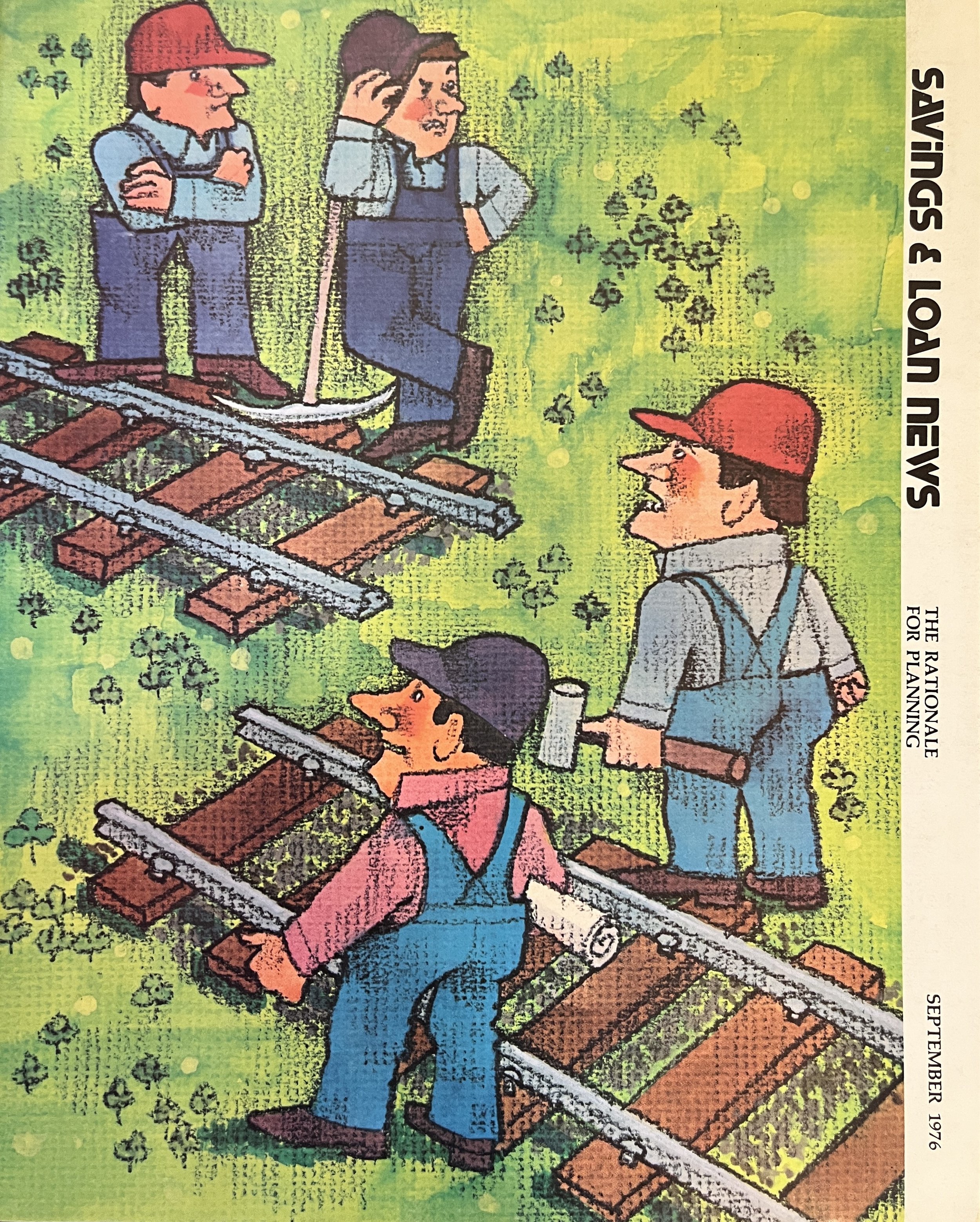California High Speed Rail to nowhere: Lessons for implementing our plans
A New Year has befallen us, ready or not. Hopefully, you are ready. That is, you - and your organization, if you are a business owner or for-profit or non-profit leader - have a plan in place for the New Year.
Now your challenge is to execute your plan for greater success. Execution, or, as we strategists call it, plan implementation, should be your mantra.
Execution, or better said, lack of it, is where it all falls apart. While the exact percentage is unclear, it’s safe to say that more than half and up to three quarters of plans are either poorly executed or not executed at all. That’s a shame! A plan which is not executed is worthless.
Achieving timely and effective plan implementation is critical to success.
To bring the point home, reflect on this true tale that illustrates the perils of poor planning and, especially, poor execution.
California high speed rail: Dream derailed
Yes, even brilliant plans can fail because of poor execution. Whatever the quality of the plan for California's high-speed rail project, it surely qualifies as one of the worst executed large-scale plans in American history.
Start with the grand vision of connecting Los Angeles to San Francisco by 220-mile-per-hour bullet train. And then expanding this with extensions to Sacramento and San Diego. Sounds wonderful, right? An American state getting high-speed rail connecting its big cities, just like Europe, Japan, and China. Let’s jump on it!
Well, no, let’s take years before even a spade of dirt is turned over for the project. The state’s High-Speed Rail Commission was established in 1993, its California High-Speed Rail authority was created in 1996, and in 2008, California voters authorized $9 billion in bonds for planning and to begin construction. Yet, construction of Phase 1 didn’t begin until in 2015. That’s 22 years before any construction!
Ok, we concede that a huge infrastructure project takes time to bring to fruition. But the work has not exactly been performed with alacrity. And the nature of the construction falls far short of what’s needed to achieve the envisioned city-to-city connections.
Construction began on a 171-mile segment in the Central Valley, far from Los Angeles and San Francisco, linking not the big cities but Merced (population 86,000) and Bakersfield (population 407,000). Land acquisition proved to be so poorly managed that the state auditor called it "flawed and mismanaged." By 2024, nine years after the start of construction, the project had purchased only 45% of the parcels needed for the Valley segment alone – a segment that, even when completed, will essentially be a very expensive train to nowhere, initially serving just 1% of the state's population until the far more challenging mountain crossings are built.
Then there is the issue of uncontrolled cost, a hallmark of poor implementation.
The California high-speed rail project is proving to be America's most expensive rail project. The relatively simple task of laying 171 miles of track through Central Valley farmland somehow soared to mirror the original budget for the entire 776-mile LA--to-San Francisco project. The Valley segment alone is projected to cost $35 billion – surpassing the original $33 billion budget for the entire route. For the full project, ignoring the envisioned extensions to Sacramento and San Diego, , cost estimates have soared to $89 billion to $128 billion, with completion projected for the 2030s rather than the original projected completion date of 2020.
While environmental clearance for the full LA to SF route was achieved in 2024, the project is merely limping forward, bogged down by land disputes, political bickering, and a vanishing pool of federal and private funds. Intended as a symbol of progress, California’s high-speed rail now serves as a salient reminder that a big vision will not come to life without great execution.
How not to go off the rails
In hindsight, what can we learn from the debacle of the California high speed rail project to help assure that our plan implementation does not go off the rails?
Assessment. Conduct comprehensive and realistic cost, risk, and timeline assessments up front.
Phasing with milestones. Don’t try to do everything at once. Instead, set up phases with clearly defined and achievable milestones to demonstrate success, built confidence, and allow for adjustments along the way.
Validation. Set up early successes to validate plan viability. (For California high speed rail, building a segment that connected major population centers first - perhaps San Francisco to San Jose - could have generated early ridership and revenue, validating the value of the system.)
Resources. Implementation without the necessary funds, people, technology, and other resources is a formula for failure. Lining up resources for the launch of each phase is a best practice.
Cost. Maintain rigid cost discipline from day one.
Contingencies. Include contingencies - money and time - to account for unexpected issues.
Expertise. Don’t reinvent the wheel. Leverage proven expertise, technology, and solutions. (The California high speed rail project could have partnered with companies or nations experienced in high-speed rail, such as Japan, France, or China, for design, engineering, and construction.)
Project Management. Use project management best practices, including streamlined decision-making processes and clear lines of accountability with oversight, to help control costs and prevent delays.
Customer-centric approach. Focus on the customer experience to ensure that what is being implemented is meeting customer needs and maintains stakeholder support. (A 171-mile bullet train running in the Central Valley borders on irrelevance.)
Adaptability. Be prepared to adjust the plan as the project progresses, considering changing economic, marketplace, technological, and social factors.
Communication. Build trust, support, and engagement through transparency and open communication with stakeholders about plans, progress, challenges and changes.
Timeless truth!
“Following the selection of strategies, programs must be developed to carry them out.” That’s what I wrote nearly 50 years ago in an article in Savings & Loan News, “The rationale for planning,” decades before the California High Speed Rail project was conceived.
The guidance offered in the article suggested taking many of the same important implementation steps that the California rail debacle suggests, including making timely decisions, having adequate resources, focusing on the customer, having a phased plan, and being adaptable.
Too bad those in charge of the project did not read the article before they began implementation!


